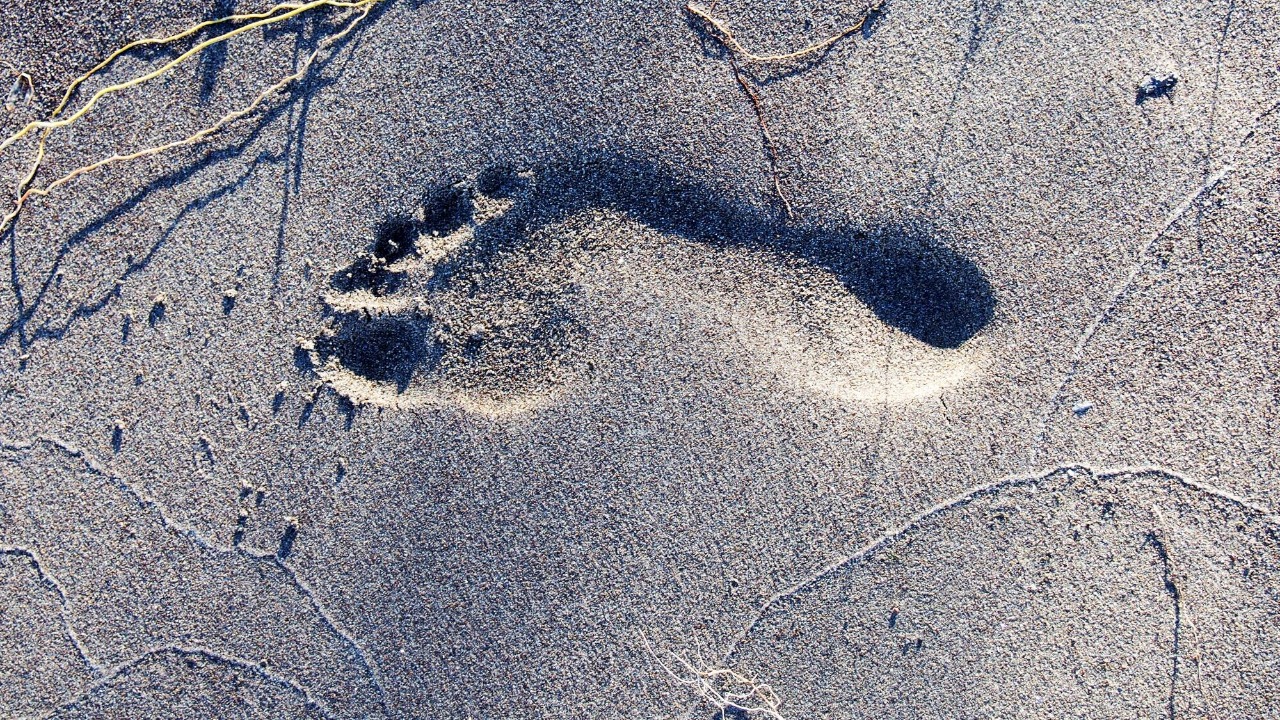
Archaeologists have made a groundbreaking discovery in the arid deserts of Saudi Arabia: human footprints that date back approximately 115,000 years. These footprints challenge previous notions about early human migration, suggesting that ancient humans ventured into regions thought to be inhospitable at the time. This finding opens new avenues for understanding the complexities of human evolution and migration patterns.
The Discovery of Ancient Footprints
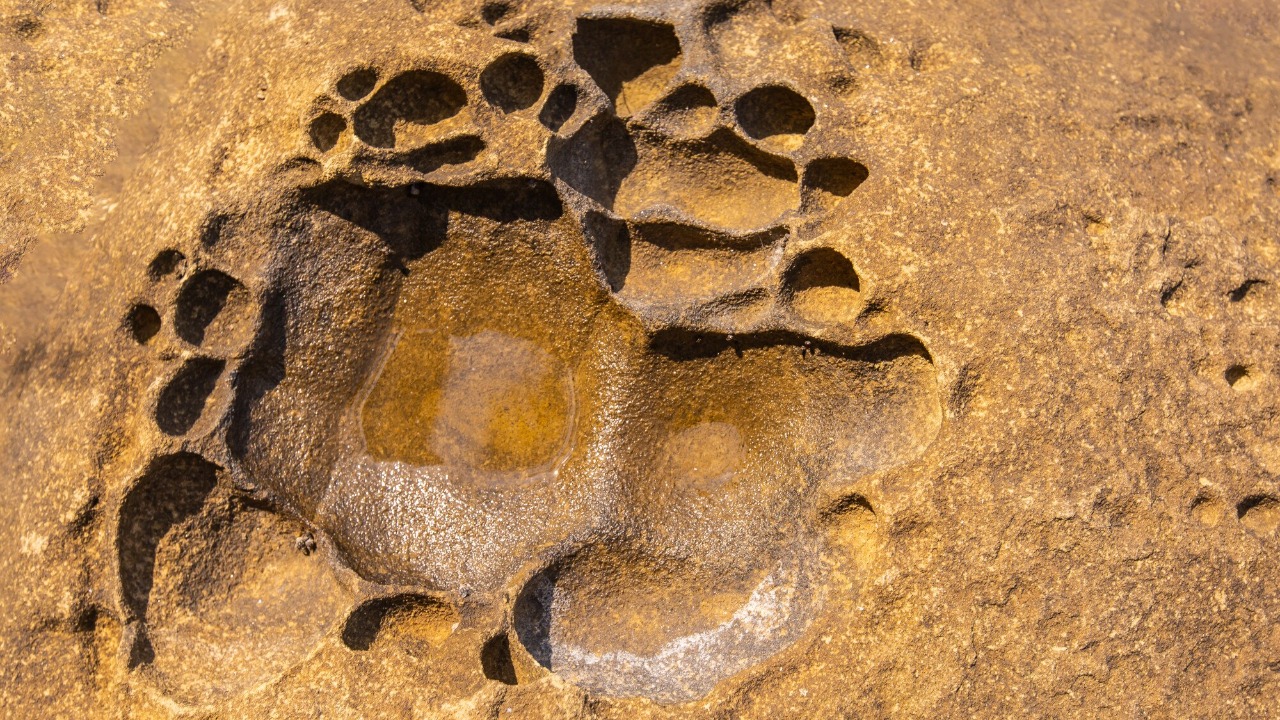
The ancient footprints were unearthed in the Nefud Desert, a location that holds a significant place in archaeological studies due to its rich prehistoric record. This area, now a harsh desert, was once a lush landscape dotted with lakes and grasslands during the Pleistocene epoch. The discovery site, thus, offers a glimpse into a period when climatic conditions were vastly different, making it an ideal location for preserving such ancient evidence of human life.
Dating the footprints involved advanced techniques such as optically stimulated luminescence (OSL), which measures the last time mineral grains were exposed to sunlight. This method provided a timeline dating back approximately 115,000 years. The significance of this timeline is profound, as it places early humans in the Arabian Peninsula much earlier than previously believed, challenging established timelines of human migration.
Initial reactions from the scientific community were a mix of excitement and skepticism. While the discovery has been hailed as a new chapter in understanding human migration, some researchers urge caution, calling for further evidence to corroborate these findings. Discussions and debates continue, as experts ponder the implications of this significant archaeological event.
Implications for Human Migration Theories

This discovery presents a challenge to the long-standing theories of human migration out of Africa. Traditionally, it was believed that humans migrated from Africa to other parts of the world along coastal routes. However, these footprints suggest that early humans might have taken more inland routes, traversing what is now the Arabian Peninsula. This new evidence compels researchers to reevaluate existing models of human dispersal.
During the time these footprints were made, the climate of the Arabian Peninsula was undergoing shifts that could have facilitated human movement. The presence of water bodies and a more hospitable environment during this period would have provided the necessary resources for humans to venture into and survive in these regions. These climatic considerations are crucial in understanding how ancient humans interacted with their environment, adapting to and thriving in diverse landscapes.
Comparing this find with other archaeological discoveries in regions such as Africa and the Levant highlights the complexity of early human migration. Similar finds, like the footprints in Tanzania’s Laetoli or the Middle Eastern sites, have shifted our perception of human history, suggesting a more intricate web of migration paths than previously thought.
Technological and Methodological Innovations
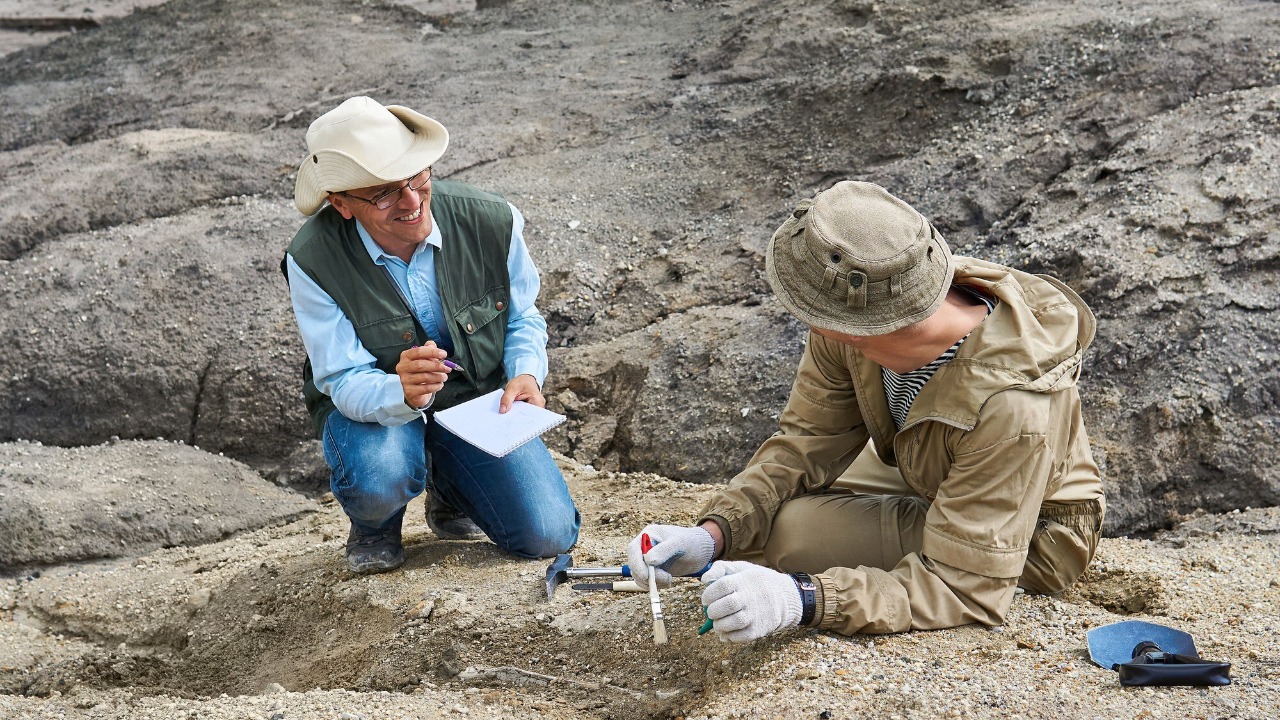
Recent advancements in dating techniques have played a pivotal role in analyzing the ancient footprints with unprecedented precision. Optically stimulated luminescence and other dating technologies have allowed scientists to establish a more accurate timeline, which is crucial for understanding the broader context of early human migration.
This discovery is a testament to the power of interdisciplinary collaboration. Archaeologists, geologists, and climatologists worked together to uncover and analyze the site, each bringing their expertise to bear on the complex task of interpreting the evidence. Such collaborations are becoming increasingly common in archaeology, leading to more comprehensive and accurate interpretations of ancient history.
As researchers continue to explore the implications of this finding, new research directions are emerging. Future studies may focus on uncovering more sites within the Arabian Peninsula, using advanced technologies to uncover further evidence of early human presence in this region. This discovery may also influence the development of new archaeological methods, inspiring innovative approaches to studying ancient human activity.
Broader Impacts on Archaeology and Anthropology
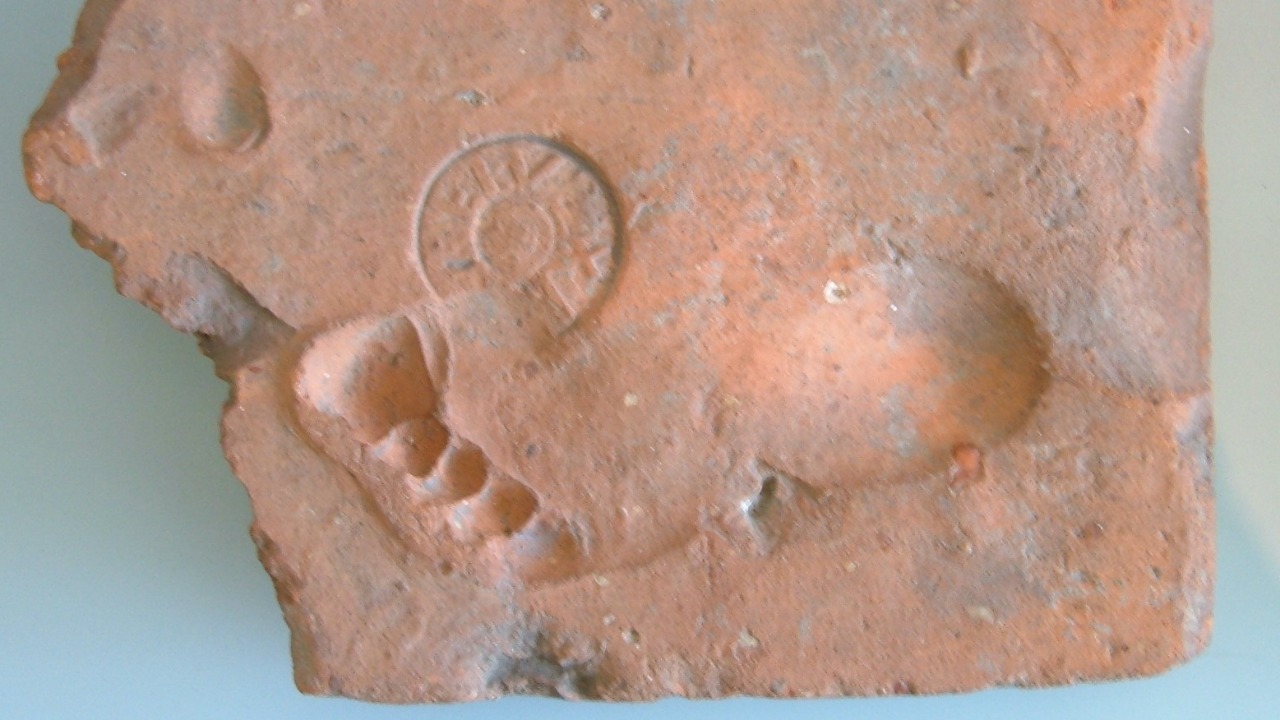
The discovery of these ancient footprints is a significant addition to the broader narrative of human history and evolution. It challenges our understanding of how and when humans spread across the globe, emphasizing the adaptability and resilience of our early ancestors. As researchers continue to piece together the story of human migration, each new finding reshapes our understanding of the past.
Culturally, the discovery holds immense significance. It provides invaluable insights into the lives of the people who once roamed these lands, offering educational opportunities for both the scientific community and the public. By engaging with these ancient stories, we gain a deeper appreciation for our shared heritage and the incredible journey of human evolution.
The media coverage of this discovery has sparked public interest in archaeology and ancient human history. Stories of ancient footprints and the mysteries they hold captivate audiences worldwide, fostering a broader appreciation for the field of archaeology and its contributions to understanding our past. This increased interest may lead to greater support for future archaeological endeavors and educational initiatives.
Preservation and Ethical Considerations
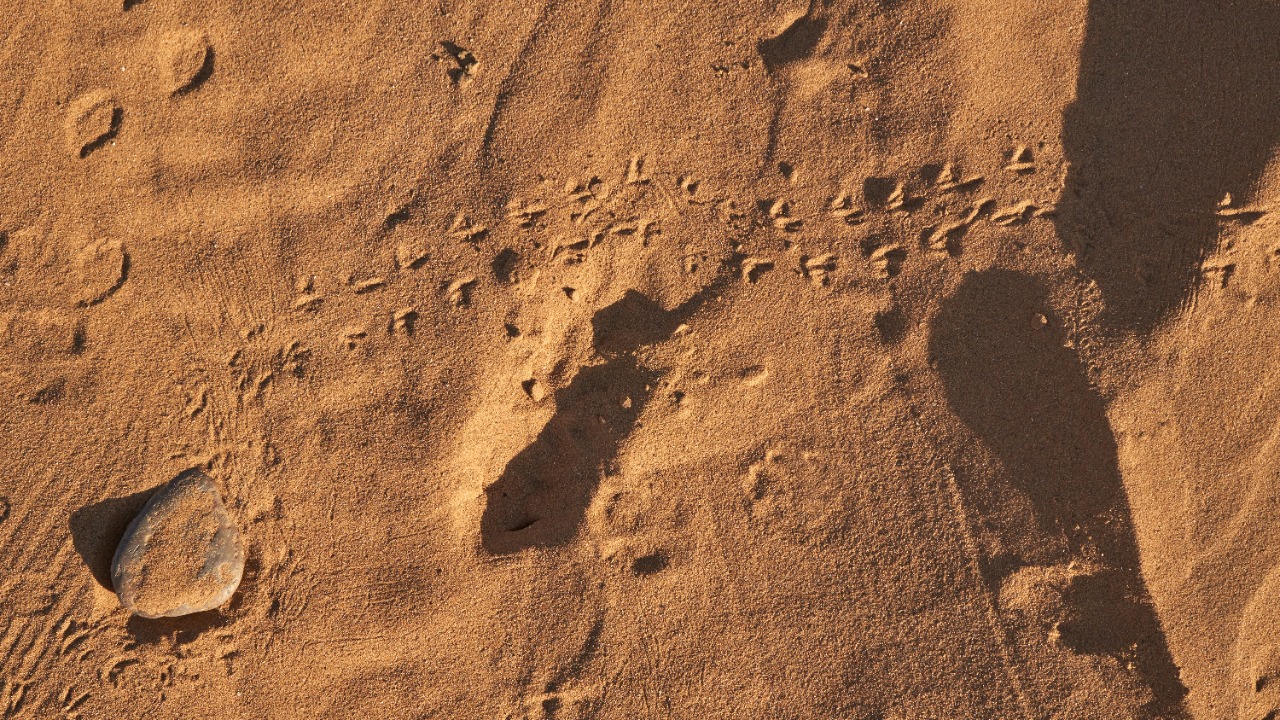
Preserving the ancient footprints and the site surrounding them is a priority for researchers and local authorities. Conservation efforts are underway to protect the footprints from environmental degradation and human interference, ensuring that these invaluable pieces of history remain intact for future study and appreciation.
Ethical considerations play a crucial role in archaeological research, particularly when dealing with ancient human remains and footprints. Researchers must balance the need for scientific knowledge with respect for the cultural and historical significance of these findings. Such considerations are essential in guiding responsible archaeological practices and fostering positive relationships with local communities.
Involving local communities and stakeholders in the discovery and preservation process is vital. Engaging with those who have a direct connection to the land and its history ensures that their voices are heard and respected. This collaborative approach not only strengthens the preservation efforts but also enriches the understanding and appreciation of the site’s cultural significance.